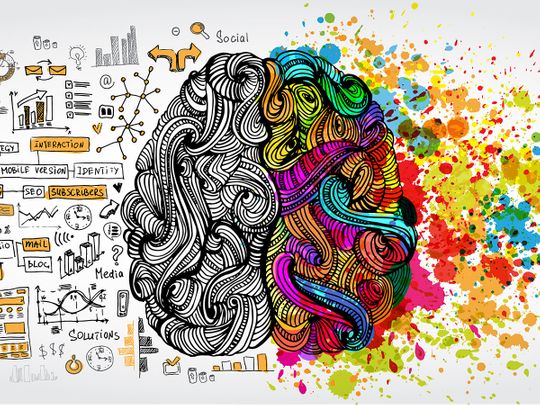
Art therapy is a form of psychotherapy that utilises the creative process to enhance the emotional, psychological, and physical well-being of individuals.
It allows individuals to express themselves through various artistic mediums, such as painting, drawing, sculpture, and collage. The creative process in art therapy plays a vital role in unleashing inner creativity and promoting self-exploration, personal growth, and healing.
This involves the generation of ideas, experimentation with different mediums, and the development of skills and techniques. It is a non-linear and unpredictable process that can be both rewarding and challenging.
In art therapy, the creative process is not only a means of creating art but also a way to explore inner thoughts, emotions, and experiences.
One of the primary goals of art therapy is to help individuals access and express their emotions in a safe and non-threatening environment.
Using imagery and metaphors
Art therapists use various techniques to facilitate this process, such as asking open-ended questions, encouraging free association, and using imagery and metaphors. Through the creative process, individuals can externalise their internal experiences and gain a new perspective on their emotions.
The creative process in art therapy also provides a means of communication for individuals who may have difficulty expressing themselves verbally. Art therapy can be particularly beneficial for individuals with developmental, emotional, or behavioural disorders, as well as those who have experienced trauma or are dealing with grief and loss.
The use of art as a therapeutic tool has a long history. In ancient times, art was often used as a means of healing and spiritual connection. The field of art therapy as we know it today, however, emerged in the 1940s and 1950s. The pioneers of art therapy, such as Margaret Naumburg and Edith Kramer, recognised the power of the creative process in promoting healing and personal growth.
Today, art therapy is recognised as a legitimate form of psychotherapy and is used in a variety of settings, including hospitals, schools, and community centers. Art therapists work with individuals of all ages, from young children to the elderly.
The creative process in art therapy can take many forms. For some individuals, it may involve the creation of representational art, such as a portrait or landscape. For others, it may involve the use of abstract or non-representational imagery.
Experimenting with different materials
Some individuals may prefer to work with a particular medium, such as clay or watercolours, while others may enjoy experimenting with different materials.
Regardless of the form it takes, the creative process in art therapy allows individuals to explore their thoughts, emotions, and experiences in a non-judgemental and supportive environment. It encourages individuals to take risks, experiment with new ideas, and explore their own unique creative voice.
In addition to promoting emotional and psychological well-being, the creative process in art therapy can also have physical benefits.
Creating art has been shown to reduce stress, lower blood pressure, and improve overall physical health. It can also be a form of self-care, providing individuals with a means of relaxation and escape from the demands of daily life.
The creative process in art therapy can also be empowering. Through the creation of art, individuals can gain a sense of control and mastery over their experiences.
It can be particularly beneficial for individuals who have experienced trauma or have a history of abuse, as it allows them to reclaim their own sense of agency and autonomy.
Unlocking the inner creativity
The process is not always easy. It can be challenging, frustrating, and even painful at times. It requires individuals to confront their own thoughts and emotions, which can be difficult and uncomfortable. However, the benefits of the creative process in art therapy far outweigh the challenges.
In conclusion, the creative process in art therapy is a valuable tool that can help individuals unlock their inner creativity and promote healing and growth. By providing a safe and non-judgemental environment for individuals to express themselves through various artistic mediums, art therapy can facilitate self-exploration, increase self-awareness, and encourage personal transformation.
The creative process in art therapy can also be empowering, allowing individuals to take control of their experiences and reclaim their sense of agency and autonomy.
In general, the artistic process utilised in art therapy presents a distinctive and impactful method for psychotherapy, providing advantages to individuals from diverse age groups and backgrounds.
Dr Hamed Bin Mohamed Khalifa Al Suwaidi is Founder and President of the Al Suwaidi Foundation, Chairman of the Board of Trustees of Abu Dhabi Arts Society (ADAS) and Advisory Council Member of Cambridge Institute for Sustainability Leadership








